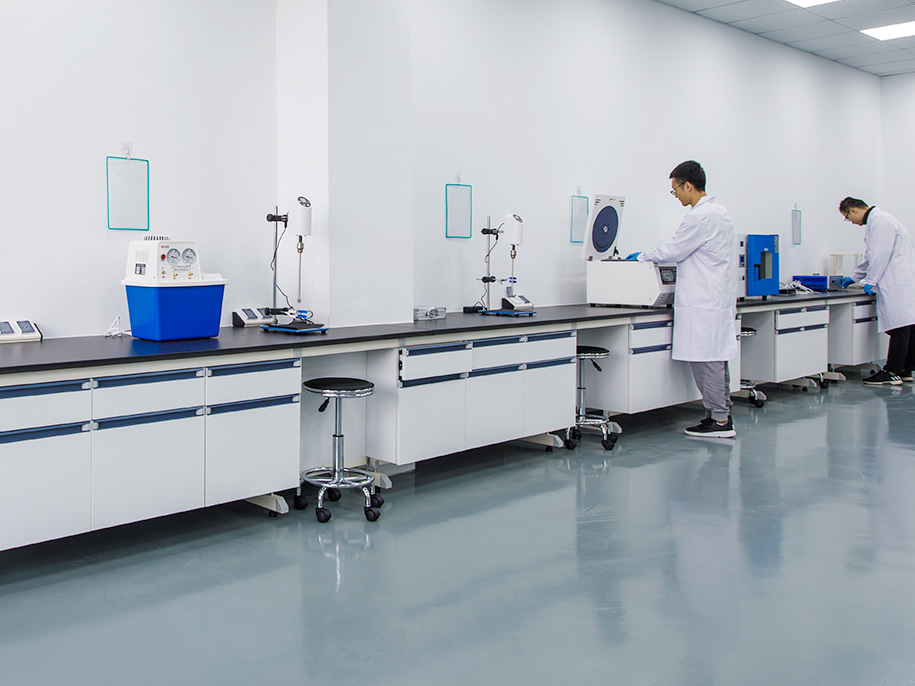Graphite for Electrical Discharge Machining (EDM)
Electrical Discharge Machining (EDM) is a precision manufacturing process that uses electrical discharges to shape metal parts. Graphite is widely used as an electrode material in EDM due to its excellent properties, such as high thermal conductivity, electrical conductivity, and machinability. This article provides a comprehensive overview of the use of graphite in EDM, including its benefits, types, applications, and considerations for selecting and using graphite electrodes.
Introduction to EDM
Electrical Discharge Machining (EDM) is a non-traditional machining process that removes material from a workpiece using electrical sparks. It is especially effective for machining hard metals and complex shapes that are difficult to achieve with conventional machining methods. EDM is widely used in tool and die making, aerospace, automotive, and electronics industries.
EDM Process Overview
- Electrode and Workpiece: The EDM process involves an electrode (typically made of graphite) and a conductive workpiece.
- Dielectric Fluid: The workpiece is submerged in a dielectric fluid (e.g., oil or deionized water) that helps control the electrical discharge and remove debris.
- Spark Generation: A voltage is applied between the electrode and the workpiece, creating a spark that erodes the material from the workpiece.
- Material Removal: The repeated discharges create a series of craters on the workpiece surface, gradually shaping it to the desired form.
Why Use Graphite for EDM?
Graphite is the preferred material for EDM electrodes due to several key advantages:
1. High Thermal Conductivity
Graphite’s high thermal conductivity allows it to dissipate the heat generated during the EDM process efficiently. This helps maintain the integrity of the electrode and the workpiece, reducing wear and improving surface finish.
2. Electrical Conductivity
Graphite’s excellent electrical conductivity ensures efficient spark generation and consistent material removal rates, leading to precise machining.
3. Machinability
Graphite is easy to machine into complex shapes with high precision, making it ideal for producing detailed and intricate EDM electrodes. It can be easily cut, drilled, and milled using standard machining tools.
4. Low Wear Rate
Graphite electrodes have a low wear rate compared to other materials, such as copper. This means they can be used for longer periods without needing replacement, reducing downtime and costs.
5. Stability at High Temperatures
Graphite remains stable at high temperatures, maintaining its properties and dimensional accuracy during the EDM process. This is critical for achieving consistent results in high-temperature applications.
Types of Graphite for EDM
Graphite used in EDM electrodes can be classified based on its grain size, purity, and density. The choice of graphite type depends on the specific requirements of the machining process and the desired outcomes.
1. Fine-Grain Graphite
- Grain Size: Less than 10 microns.
- Applications: Used for high-precision machining and fine details.
- Benefits: Provides excellent surface finish and accuracy.
2. Medium-Grain Graphite
- Grain Size: 10-20 microns.
- Applications: Suitable for general-purpose EDM machining.
- Benefits: Balances machinability and wear resistance.
3. Coarse-Grain Graphite
- Grain Size: Greater than 20 microns.
- Applications: Used for roughing operations and large cavities.
- Benefits: Offers good wear resistance and cost-effectiveness for less precise applications.
Applications of Graphite in EDM
Graphite electrodes are used in a wide range of EDM applications across various industries:
1. Tool and Die Making
- Application: Manufacturing of molds, dies, and intricate tooling.
- Benefits: High precision and excellent surface finish are critical for producing high-quality molds and dies.
2. Aerospace Industry
- Application: Machining of hard-to-machine materials, such as titanium and superalloys.
- Benefits: Graphite electrodes can handle high temperatures and maintain accuracy, essential for aerospace components.
3. Automotive Industry
- Application: Production of complex engine components and transmission parts.
- Benefits: Ensures precision and durability required for automotive parts.
4. Electronics Industry
- Application: Manufacturing of microelectronic components and connectors.
- Benefits: Allows for precise machining of small and delicate parts.
Considerations for Selecting and Using Graphite Electrodes
1. Electrode Design
- Shape and Size: The design of the electrode should match the desired cavity shape and size. Complex shapes may require multiple electrodes.
- Surface Finish: The surface finish of the electrode affects the final surface finish of the workpiece. Fine-grain graphite is preferred for smoother finishes.
2. Machining Parameters
- Current and Voltage: Optimizing the electrical parameters is crucial for achieving efficient material removal and minimizing electrode wear.
- Spark Gap: The gap between the electrode and the workpiece affects the machining accuracy and surface quality.
3. Dielectric Fluid
- Type of Fluid: The choice of dielectric fluid (oil or deionized water) influences the cooling and debris removal during the EDM process.
- Filtration: Proper filtration of the dielectric fluid is essential to prevent contamination and maintain consistent machining performance.
4. Electrode Wear
- Monitoring Wear: Regular monitoring of electrode wear is necessary to ensure consistent machining results. Wear compensation techniques can be used to extend electrode life.
- Replacement Strategy: Having a replacement strategy for worn electrodes minimizes downtime and maintains production efficiency.
Future Trends in Graphite EDM Electrodes
1. Advanced Graphite Materials
Research and development are focused on creating advanced graphite materials with improved properties, such as higher thermal and electrical conductivity, enhanced wear resistance, and reduced porosity. These materials will further enhance the performance of EDM electrodes.
2. Additive Manufacturing
The use of additive manufacturing (3D printing) for producing graphite electrodes is gaining attention. This technology allows for the creation of complex electrode shapes with high precision and reduced lead times, opening new possibilities for EDM applications.
3. Automation and Industry 4.0
Integrating automation and Industry 4.0 technologies into the EDM process will improve efficiency, reduce human error, and enhance quality control. Smart sensors and data analytics will enable real-time monitoring and optimization of the EDM process.
4. Sustainable Practices
The industry is increasingly focusing on sustainable practices, including recycling of graphite materials and reducing energy consumption during electrode production and EDM processes. These efforts align with global trends towards environmentally friendly manufacturing.
Conclusion
Graphite is an indispensable material for EDM electrodes, offering numerous advantages such as high thermal conductivity, electrical conductivity, machinability, low wear rate, and stability at high temperatures. Its use in various industries, including tool and die making, aerospace, automotive, and electronics, highlights its versatility and effectiveness in precision machining applications. By understanding the properties, types, applications, and considerations for selecting and using graphite electrodes, manufacturers can optimize their EDM processes and achieve superior results. Future advancements in graphite materials, additive manufacturing, automation, and sustainability will continue to drive the evolution of the graphite EDM industry, ensuring its relevance and importance in modern manufacturing.

